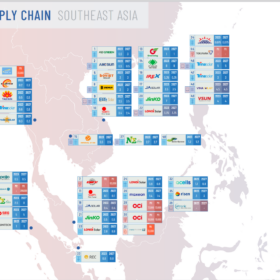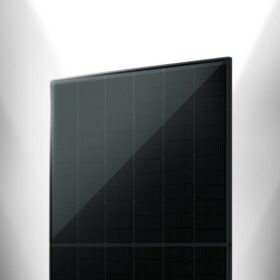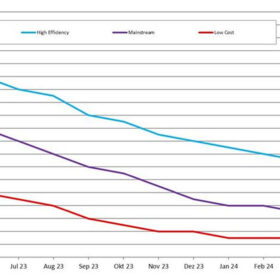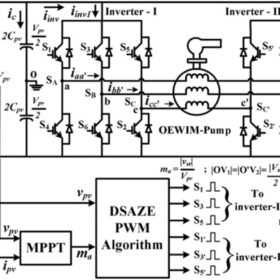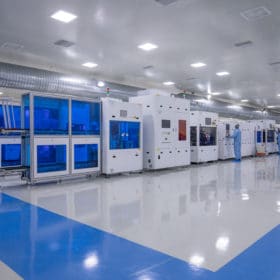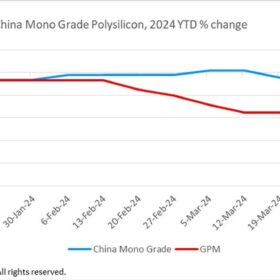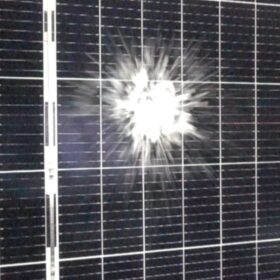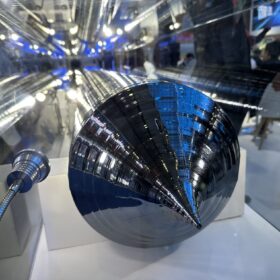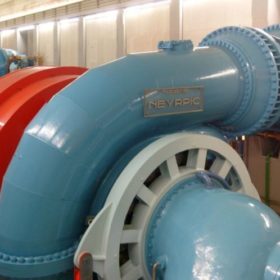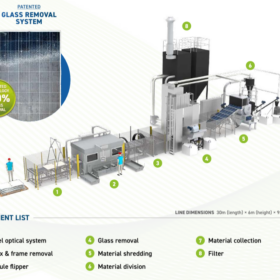Sinovoltaics maps out Southeast Asian PV manufacturing sites
The latest supply chain report from the Hong Kong-based technical compliance and quality assurance company covers the Southeast Asia region, providing information about 50 manufacturing sites.
Trina Solar claims 740 W output for TOPCon PV module
The Chinese manufacturer said Germany’s TÜV SUD has confirmed the results.
India’s 10 GWh tender draws seven bids to set up giga-scale battery cell manufacturing facilities under PLI scheme
Bids were received for seven times the manufacturing capacity of 10 GWh to be awarded.
Solar module prices hovering at all-time lows
As solar module prices continue to fall, pvXchange.com founder Martin Schachinger explains how price pressure could increase in the weeks and months to come.
Vsun starts production at wafer facility in Vietnam
Vietnamese solar manufacturer Vsun’s new facility produces n-type silicon wafers and is expected to be ready for full production by the end of the month.
Photovoltaic water pumping based on open-ended winding induction
Indian scientists have designed a water-pump drive system that is powered exclusively by photovoltaics. The proposed system configuration reportedly ensures effective use of both the solar modules and the motor.
Premier Energies files for IPO to raise more than INR 1,500 crore
Premier Energies has filed draft papers with SEBI for its initial public offering (IPO). The company intends to utilize INR 1,168 crore of the IPO proceeds to fund the setting up of its 4 GW TOPCon solar cell-and-module manufacturing facility and the balance towards general corporate purposes.
Global polysilicon prices decline slightly
In a new weekly update for pv magazine, OPIS, a Dow Jones company, offers bite-sized analysis on solar PV module supply and price trends.
Greenzo to build green hydrogen plant for offtake by steel producer
Greenzo Energy has secured a $6 million order to set up a 2.5 MW green hydrogen project integrated with a solar and water treatment plant in Karnataka. The offtaker is a steel producer.
Hail damage and toxicity risks in solar plants
US news outlets have reported resident concerns about leaked toxins from solar facilities in Texas that were damaged by a hailstorm. The Solar Energy Industries Association (SEIA) has rejected the reports, which contained categorically false information.
